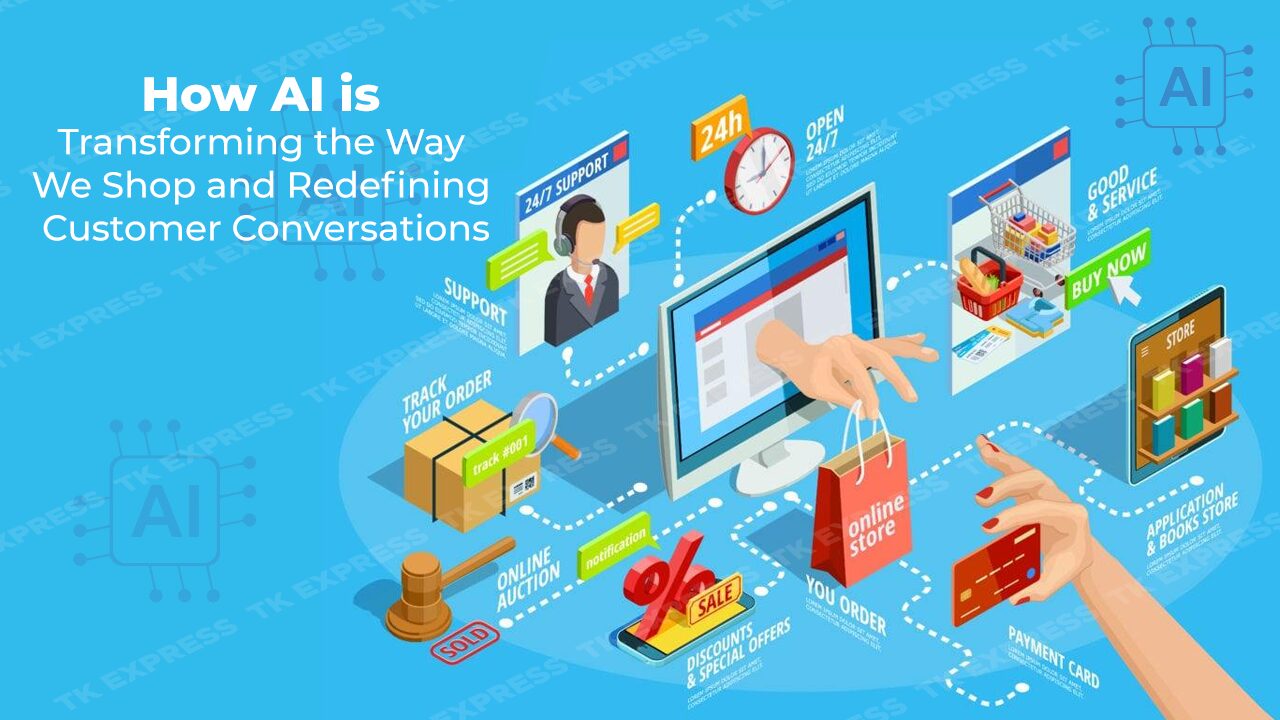Revolutionizing digital shopping experiences, artificial intelligence is reshaping how people discover, engage with, and purchase products in social commerce environments. From predictive analytics to privacy-first personalization, the fusion of smart technology and human interaction is redefining the modern marketplace. Tykea Khy, a digital commerce researcher and innovator, brings fresh insight into this transformative intersection of AI and consumer behavior.
Social Meets Commerce: The AI Equation
The fusion of social interaction and e-commerce has created fertile ground for artificial intelligence (AI) innovation. AI now drives digital shopping, offering real-time personalization, dynamic engagement, and operational efficiency. These systems analyze browsing behavior, purchase history, and thousands of micro-interactions to predict preferences and improve conversions. This predictive power is setting the stage for smarter, more responsive marketplaces. The shift reflects a broader trend: consumers now expect digital experiences to be as seamless and engaging as in-person ones, across every touchpoint and device. For brands, this means designing smarter, data-informed experiences that keep pace with fast-changing consumer expectations.
The Brains Behind Personalization
Machine learning models particularly collaborative and content-based filtering—are at the heart of this transformation. These algorithms assess patterns across massive datasets to serve product suggestions with over 82% precision. Ensemble learning combines multiple prediction strategies to enhance accuracy. These systems evolve in real time, adjusting to behavioral shifts with remarkable precision.
Seeing is Buying: The Role of Computer Vision
Computer vision is revolutionizing product discovery. Visual search tools and virtual try-ons simulate real-world interaction. Deep learning models have achieved up to 90% recognition accuracy, while retailers using these tools report fewer returns and more conversions. This bridges the gap between online and in-person shopping. These technologies also open up opportunities for more inclusive, visually-driven marketing strategies.
Talk the Talk: Conversational AI in Commerce
Chatbots and virtual assistants now offer context-aware, multi-platform support. Advanced language models ensure conversations feel more human, increasing interaction times and customer satisfaction. Intent recognition accuracy of over 91% leads to more efficient assistance and improved conversion rates. These systems are becoming key players in post-sale support and real-time product recommendations.
Prediction with Precision: The Power of Analytics
Predictive analytics evaluates browsing behavior and session data to anticipate next steps in the customer journey. Businesses using these models see increased marketing ROI and retention. Behavioral cues, combined with profile data, create personalized journeys that improve cross-sell success and lifetime value.
Knowing the Shopper: User Profiles with Depth
Personalization relies on deep user profiles that go beyond clicks incorporating social media activity, peer influence, and context. Graph-based modeling helps identify micro-influencers, while dynamic profiling adapts to changing preferences, boosting future purchase predictions by over 40%. The result is a customer experience that feels curated, not automated.
Smart Content That Adapts
Content optimization engines use machine learning to decide what users see. Techniques like reinforcement learning and multi-armed bandits improve profit margins and reduce acquisition costs. These tools adapt content in real time, focusing on both immediate conversion and long-term value.
Privacy-First Intelligence
With rising privacy concerns, AI must now preserve user data while maintaining performance. Federated learning and differential privacy techniques limit exposure of sensitive information. Explainable AI builds trust, helping users understand how decisions are made—leading to higher engagement and satisfaction. Transparency is fast becoming a competitive advantage in digital commerce.
What’s Next: AI on the Edge and Beyond
Emerging tech is redefining the shopping experience. Multimodal AI enables intuitive, multi-input search and discovery. Edge AI moves processing to user devices, cutting response times and improving privacy. Augmented reality allows virtual product testing, while blockchain adds transparency to algorithmic decisions. As these technologies become more accessible, even smaller platforms can harness AI’s power to deliver world-class customer experiences.
In conclusion, As AI continues to evolve, it redefines how consumers interact with digital commerce. From personalization to privacy, these systems create seamless, responsive, and ethical shopping journeys. As Tykea Khy emphasizes, the future of online commerce lies in blending smart technology with human-centered design to create intuitive and engaging experiences. AI is not just enhancing how we shop, it’s transforming why we return.



































